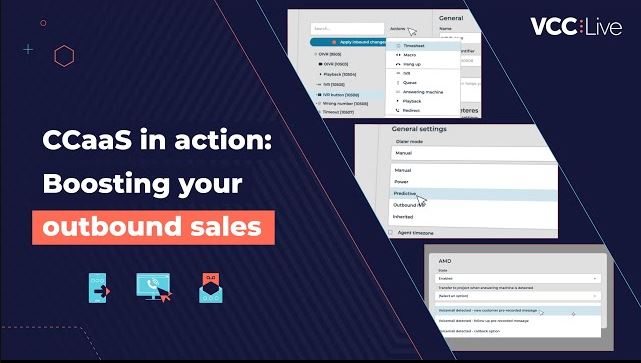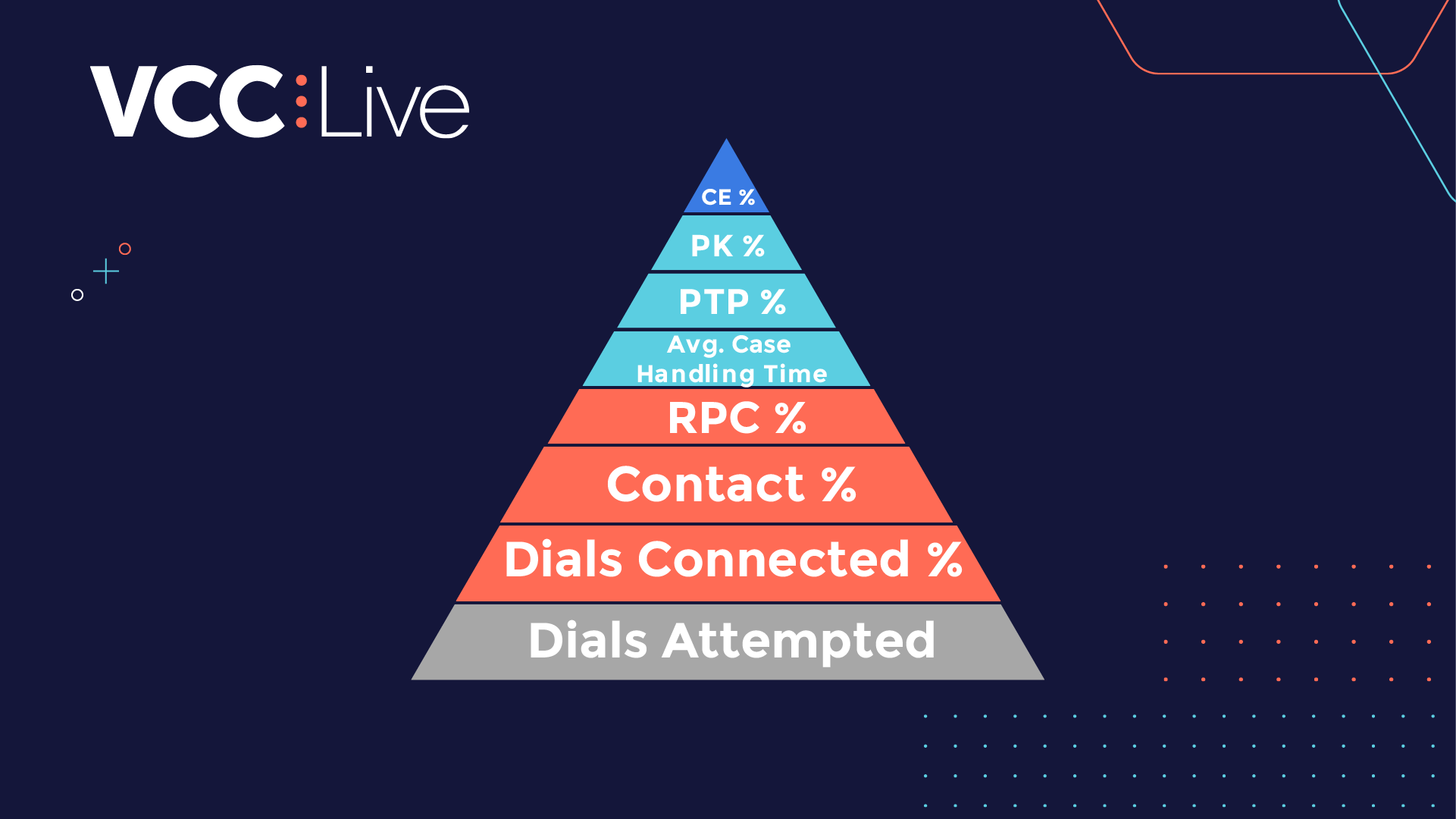Call monitoring is an essential component for any organization dealing with telesales or over-the-phone customer services. Taking the time to listen in and assess the quality of your phone conversations between agents and customers is essential for providing good service, increasing customer loyalty, and driving more revenue.
The goal of call monitoring is to identify the best and worst practices of your contact center operations in order to identify calls that do not meet your business standards and in order to continuously improve your customer contact goals for a faster, more effective, and seamless customer interaction.
While there is a lot of common practice on how to make the call monitoring process as effective as possible, a short list of some of the most effective practices might help with establishing your own call monitoring practice.
1. Establish an in-house quality control team
Try to establish your own call monitoring team to coach agents on the best call handling practices, about the business itself, and its products and services. By implementing a call quality control team, each agent will be able to develop the skills and the knowledge necessary to ensure high levels of customer satisfaction, regardless of what sector your business is in. Once you have a control team in place, you need to make sure that you have enough collected call data in order to have a representative sample on which you can evaluate your interactions. As soon as you understand the practices of your contact center, you can refine your agent training programs based on the data available.
2. Look for the highs and the lows
Once you have a representative sample of your contact center interactions, it is important to take into consideration both ends of your data. Look not just for the average but the highs and the lows. What are the practices of the most well-performing agents? What are the common mistakes of the most under-performing ones? Try to understand the patterns on both ends of the spectrum and refine your agent training program based on it. Draw attention to the do’s and don’ts of your customer interactions and let agents learn from each other.
3. Involve agents
Once you have extracted the data and the patterns of your calls, why not involve agents in your training program? After all, they are the ones who have first-hand experience in handling day to day customer interactions and first-hand knowledge can be extremely helpful. One way to involve them could be to pair agents together. Let the best-performing agents work together with the worst-performing ones for a while. This provides a growth opportunity for agents who still need to learn the best practices of their job and it also allows well-performing agents to take ownership of their work and learn how to transfer valuable skills and knowledge.
4. Make KPIs visible to everyone
Another way to actively involve agents is to make KPIs available to them. Allow the whole team to see KPIs along with their own achievements in order to let them align their own development with that of the organization. Create a culture of openness and let employees approach managers to consult about their perceived developmental needs in relation to public KPIs. This way, agents can take ownership of their development, taking an active role in bettering their performance as opposed to a top-down management system, where managers approach passive, non-performing staff.
5. Monitor the Call Directly After an Angry Customer Interaction
We have talked about the role of agents and advisors. However, focusing on specific customer interactions can also help establish a good call monitoring program. When monitoring an agent who is handling a particularly difficult or angry customer, it is good practice to analyze both the call in question and the one after. Often dealing with difficult situations, agents might carry on the emotional load and stress of the previous call into the consecutive one, potentially to the detriment of your business interactions. In order to avoid this, first, try to establish best practices when it comes to dealing with difficult clients.
Additionally, have a program in place where agents can realign their emotions. Let them take a short break or have some extra time before making the next call. Most importantly, monitor the next call to make sure your program is working. At the end of the day, the wellbeing of your agents always translates into your business interactions and your brand image – so keep them in mind!
The above five tips can be a starting point for establishing a successful call monitoring program. As with any business, these programs always have to take into consideration the specifics of your client interactions. Nevertheless, the above could be used as a general rule of thumb.















